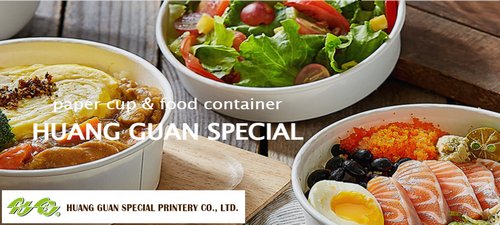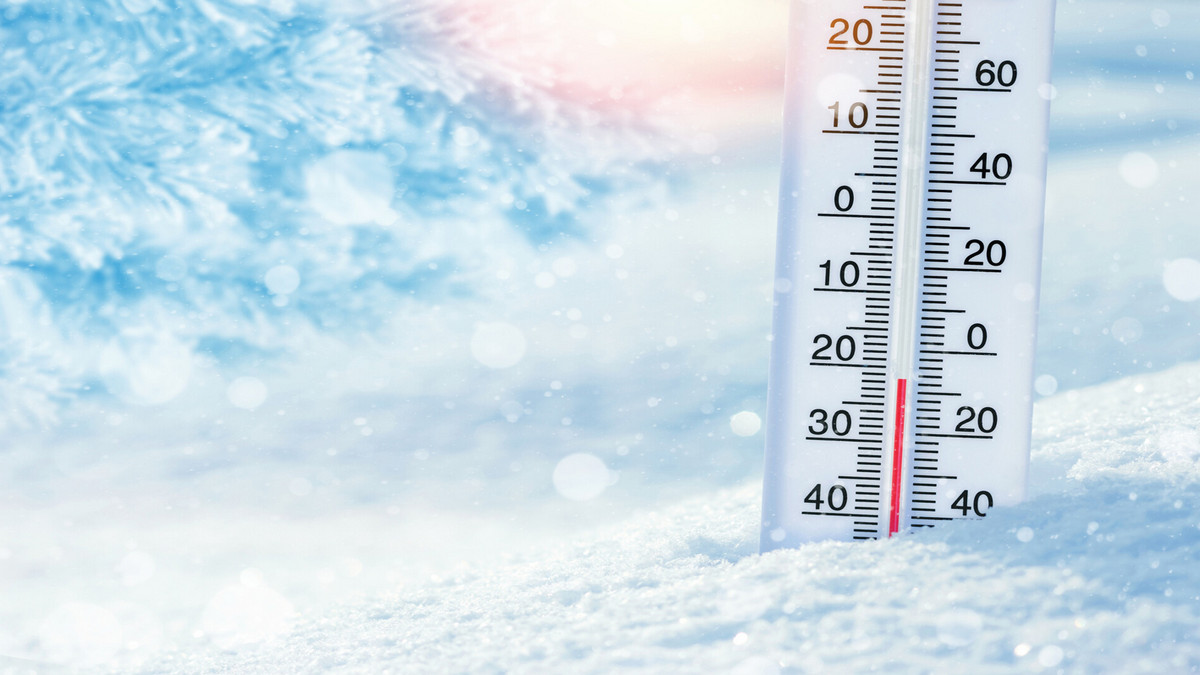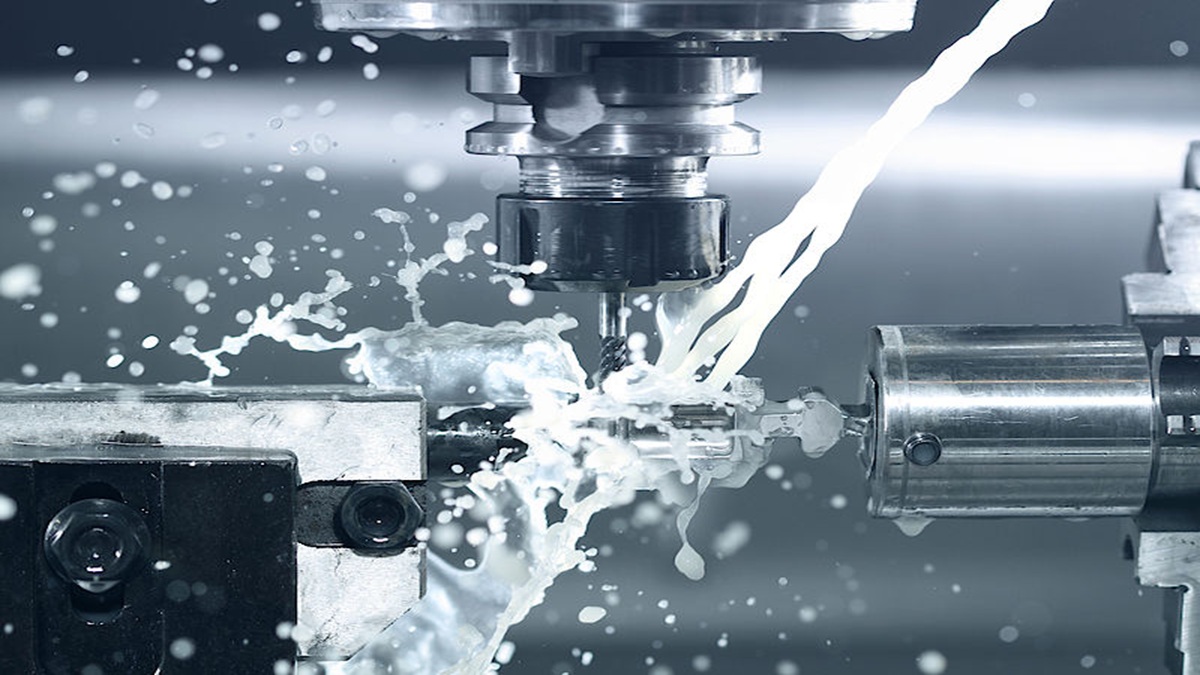This guide provides a detailed overview of how to choose the best paper cups for hot beverages. It explores the different types of cups—single-wall, double-wall, insulated, and eco-friendly—and explains their unique features and ideal use cases. Key factors to consider include beverage temperature, insulation needs, cup size and lid compatibility, environmental impact, and safety standards. The article also outlines best practices for both consumers and businesses to ensure safe use and responsible disposal. Ultimately, selecting the right paper cup depends on balancing functionality, comfort, sustainability, and cost.
In today’s fast-moving world, disposable paper cups have become an essential part of how we enjoy hot drinks on the go. Whether in busy cafés or office break rooms, these modest containers play a surprisingly important role in our daily routines. However, with so many options available, one key question arises: How do you choose the best paper cups for hot beverages? This guide offers a comprehensive look at the different types of paper cups, their features, and the critical factors to consider when making a selection.
Types of Paper Cups for Hot Drinks
Single-Wall Paper Cups
Single-wall paper cups are the most basic and cost-effective option. Made with just one layer of paper, they’re lightweight and suitable for warm beverages. However, they tend to transfer heat easily, so an additional sleeve is often needed for safe handling. These cups are ideal for medium-temperature drinks and are commonly used in settings where affordability is a priority.
Double-Wall Paper Cups
Double-wall cups feature two layers of paperboard with an insulating air gap between them. This design improves heat retention and keeps the cup’s exterior cooler, often eliminating the need for a separate sleeve. They’re a better fit for very hot drinks and help prevent hand burns.
Insulated Paper Cups
Insulated cups - such as embossed or ripple-wall designs - offer superior heat retention. These are engineered to keep beverages hot for extended periods, making them ideal for takeaway services and premium cafés that prioritize customer satisfaction. They provide maximum comfort without compromising functionality.
Eco-Friendly and Compostable Cups
With rising environmental awareness, demand for eco-conscious paper cups has surged. These cups are typically made without traditional plastic linings and instead use plant-based or water-based coatings. Designed to be recyclable or compostable, they reduce environmental impact while still providing reliable liquid containment.
Key Considerations When Choosing Paper Cups
Beverage Temperature and Insulation Requirements
The choice of cup depends largely on how hot the beverage will be. Double-wall and insulated options are ideal for high-temperature drinks, while single-wall cups may be sufficient for moderately warm beverages when paired with a sleeve.
Cup Size and Lid Compatibility
Selecting the right size is important for portion control and customer satisfaction. Just as crucial is ensuring that lids fit properly to prevent leaks and spills—especially important for on-the-go use. Proper cup-lid pairing enhances both functionality and safety.
Environmental Responsibility
Sustainability is an increasing priority for both businesses and consumers. Compostable and recyclable options support eco-friendly practices and help reduce waste. Opting for cups made with sustainable materials is a meaningful step toward minimizing environmental footprint.
Material Quality and Safety
Paper cups for hot beverages must meet safety standards, both in terms of heat resistance and material integrity. High-quality cups are made with food-grade paperboard and specialty linings that maintain structure under heat. For added protection, many designs incorporate double-wall or ripple-wall layers to prevent burns and enhance comfort.
Best Practices for Using Paper Cups with Hot Beverages
Tips for Consumers
Check for Damage: Ensure cups are intact with no defects before use.
Handle with Care: The drink may be hot even if the cup feels cool.
Avoid Overfilling: Leave space at the top to prevent spills.
Use Extra Insulation: Add a sleeve or double-cup if needed.
Dispose Responsibly: Recycle or compost appropriately.
Guidelines for Businesses
Source from Trusted Suppliers: Choose manufacturers that meet food safety standards.
Train Staff Thoroughly: Ensure proper handling and serving to reduce accidents.
Store Cups Properly: Keep them in a clean, dry space to preserve their quality.

Referral Link
Conclusion
Selecting the right paper cups for hot beverages involves evaluating several key factors, including insulation performance, size and lid compatibility, environmental impact, and safety features. By understanding the available options and their benefits, both businesses and consumers can make informed decisions that align with their needs and values. As demand for sustainable and high-performance solutions grows, ongoing innovations in paper cup design are expected to further enhance usability, safety, and environmental stewardship.





.png)









